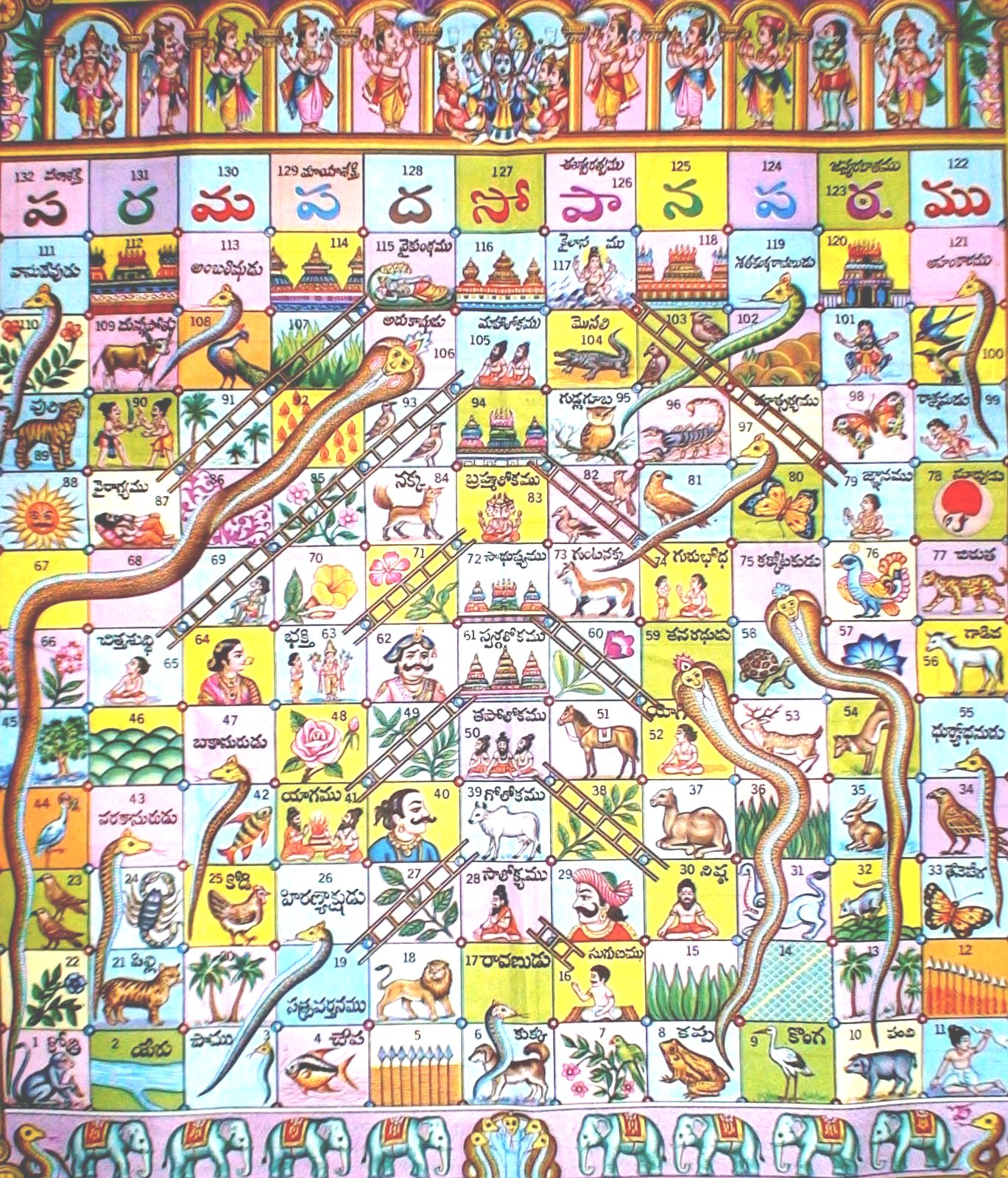Viṣṇu only belongs to Lakṣmī, and Lakṣmī only belongs to Viṣṇu.
- Nārāyaṇa of Vaikuṇṭha has 3 wives: Padmā; Vāgvādinī Sarasvatī; and Sureśvarī Gaṅgā. All these three are the same personification of Mahālakṣmī.
- Viṣṇu of Śveta-dvīpa, the ocean of milk, has 3 wives: Mānasī; Sindhukanyā; and Martyalakṣmī. Again, they appear from Mahālakṣmī's ray of Vaikuṇṭha.
- Puruṣa Sūktam states the Lord has 3 wives: Śrī; Bhū; and Nīla. Śrī Vaiṣṇava confirmed they are none other than the expansions of Mahālakṣmī Herself.
- When Viṣṇu took avatāra, Lakṣmī happen to be Sītā of Rāma; Bhāratī of Kapila; Bhūmi of Varāha; Rukmiṇī of Vāsudeva; or Rāseśvarī Goloka (Rādhā) of the Kṛṣṇa and so on.
Even in some incarnations where the Lord does not seem to have a companion, Lakṣmī still to accompany Him by staying in His heart. Lakṣmī is like moonlight that always follows where the moon (Viṣṇu) orbits.
In layman's terms, it depicts that Viṣṇu and Lakṣmī always remain together, and their spirit of togetherness surpasses various kalpas. That's why they are ādī-dampattī, the primordial couple! We are all sons and daughters of Lakṣmī-Nārāyaṇa.








